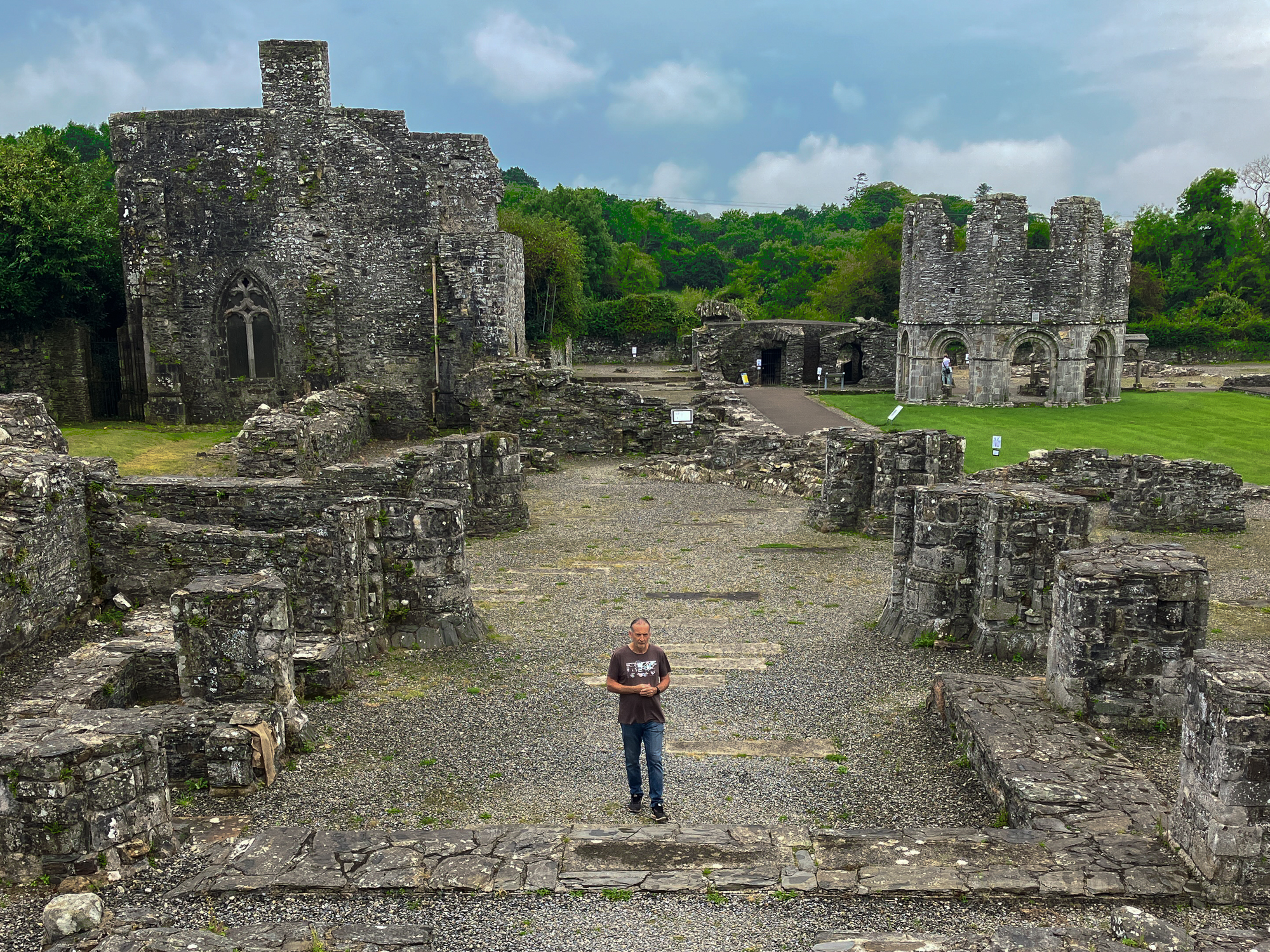
Ireland Post 1 - Unforgotten Pasts Layered on the Present
Neolithic passage tombs with inscrutable markings
Pubs with friends
Ancient archways - and sometimes the present layered over the past.
And so we were welcomed to County Meath, Ireland!
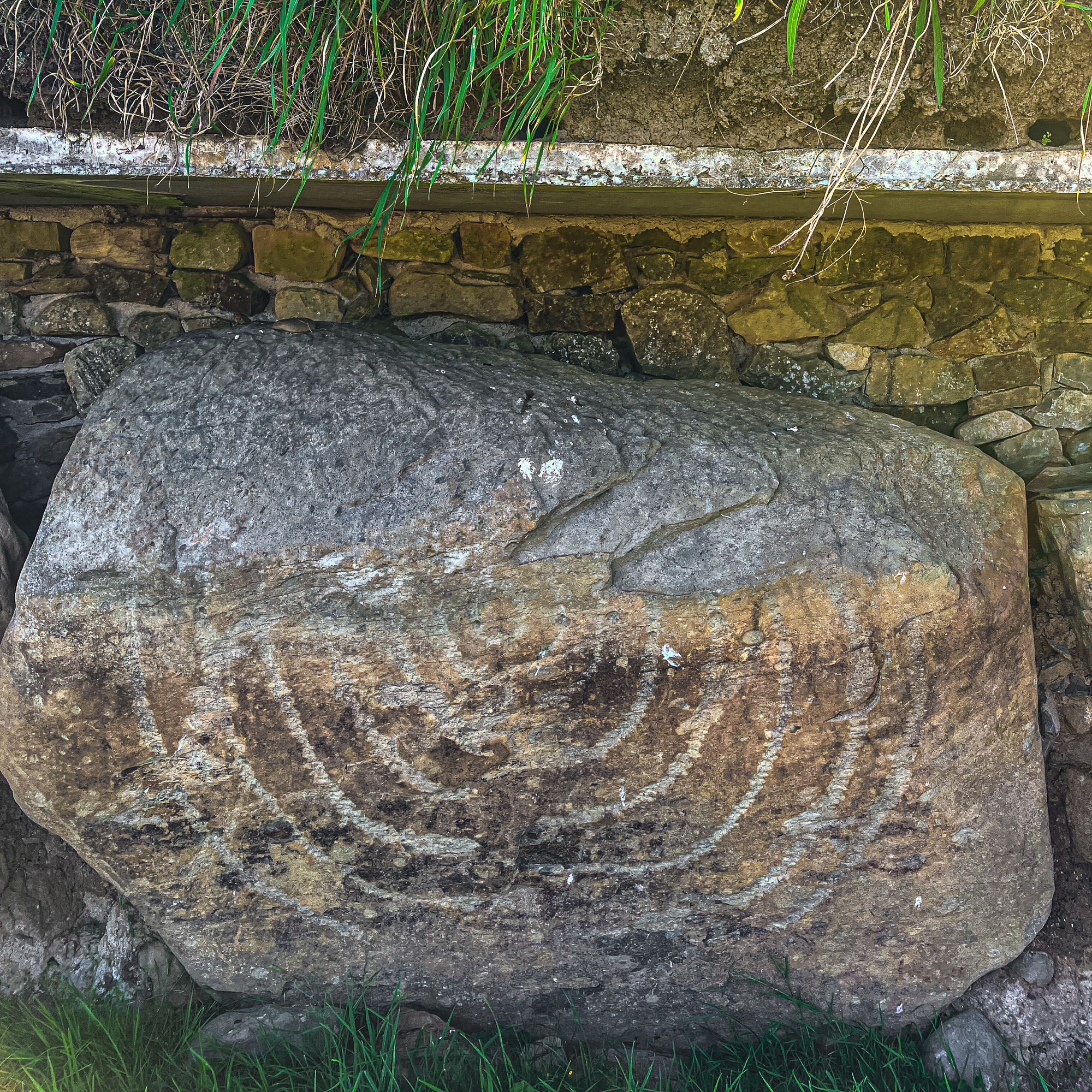
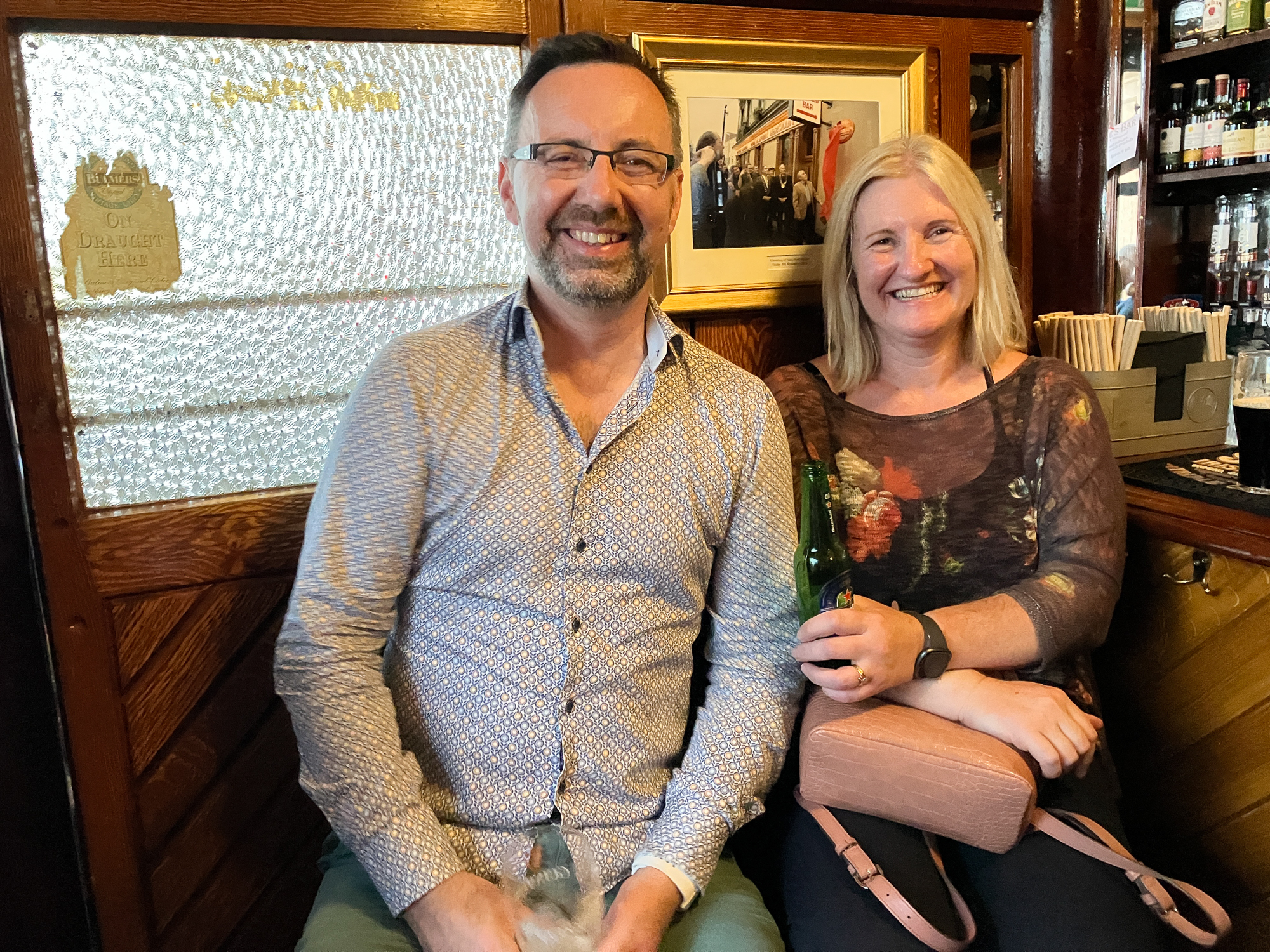
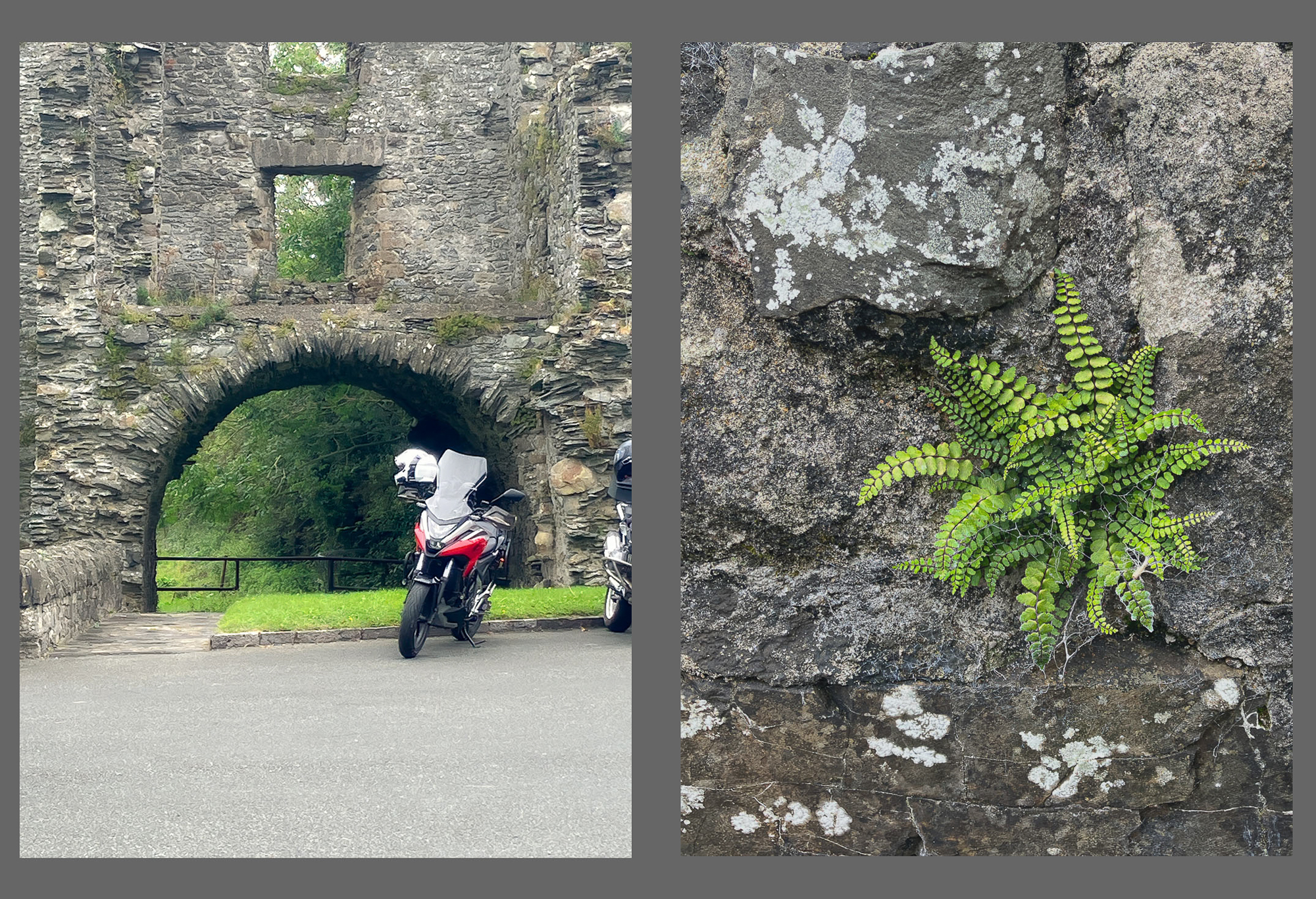
But before delving into ancient places and meeting friends, we started our trip with a solid Irish breakfast.
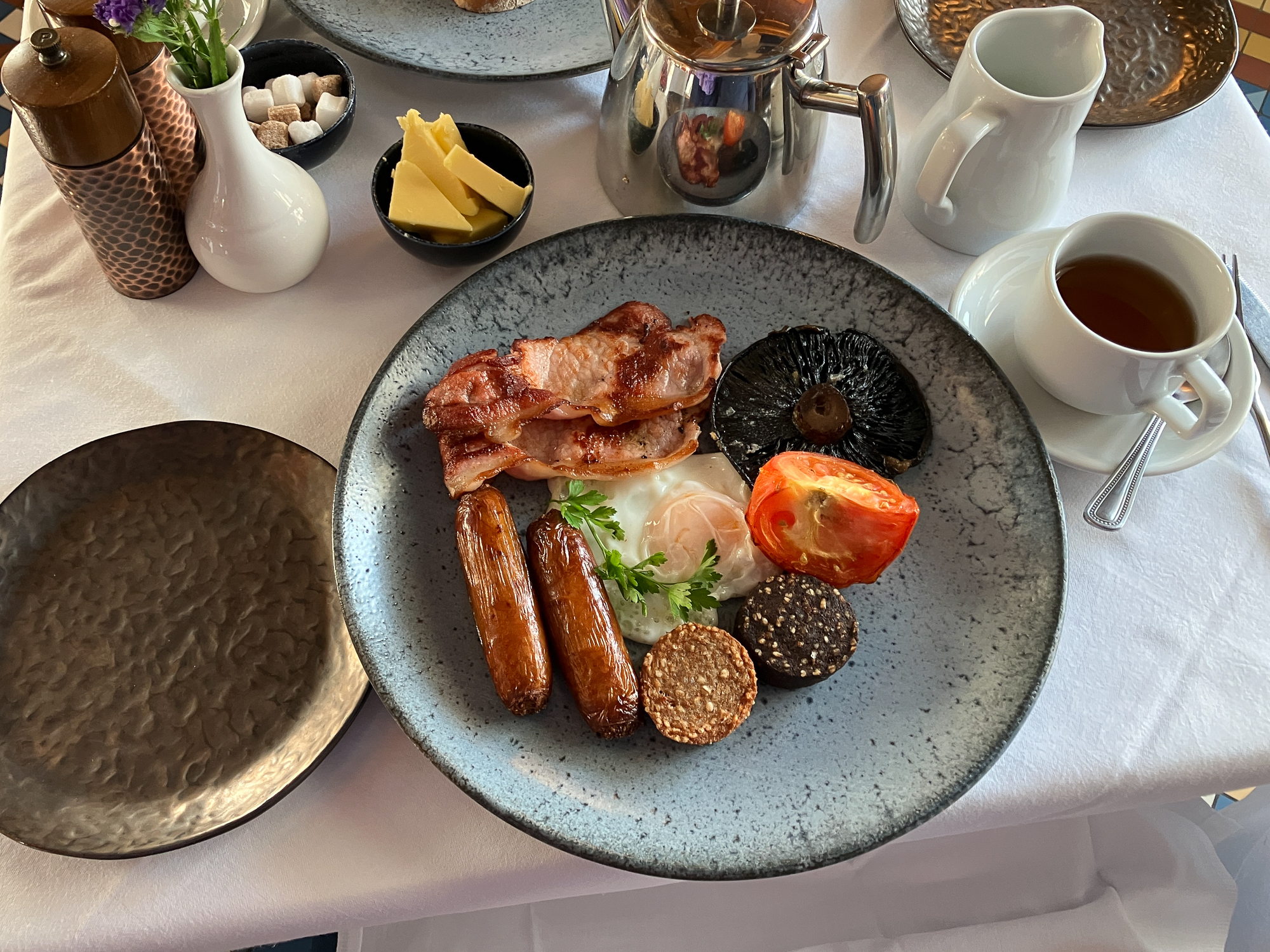
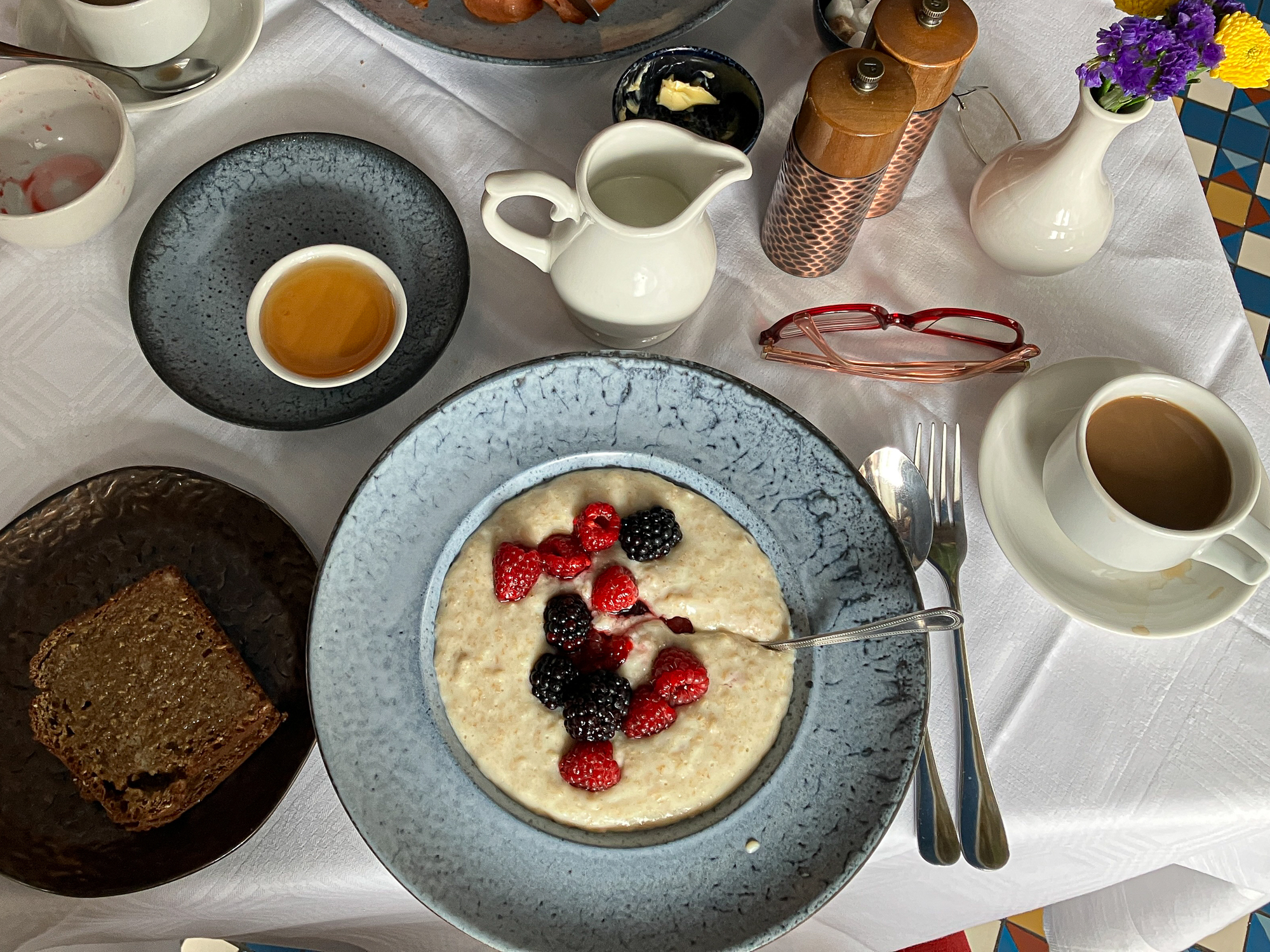
And we then took to the road.

Our Irish travels were centered in County Meath near the Boyne River.
The Bend in the Boyne (Brú na Bóinne) is an amazingly historic area. The term technically applies to the neolithic archeological site called Newgrange. Our experience of Dowth on the Newgrange site is found in my second Ireland post, along with its interesting personal connection to one of our Irish friends. More in post 2, as well, on the Hill of Slane where St. Patrick transformed Ireland's history and culture in the 13th century.
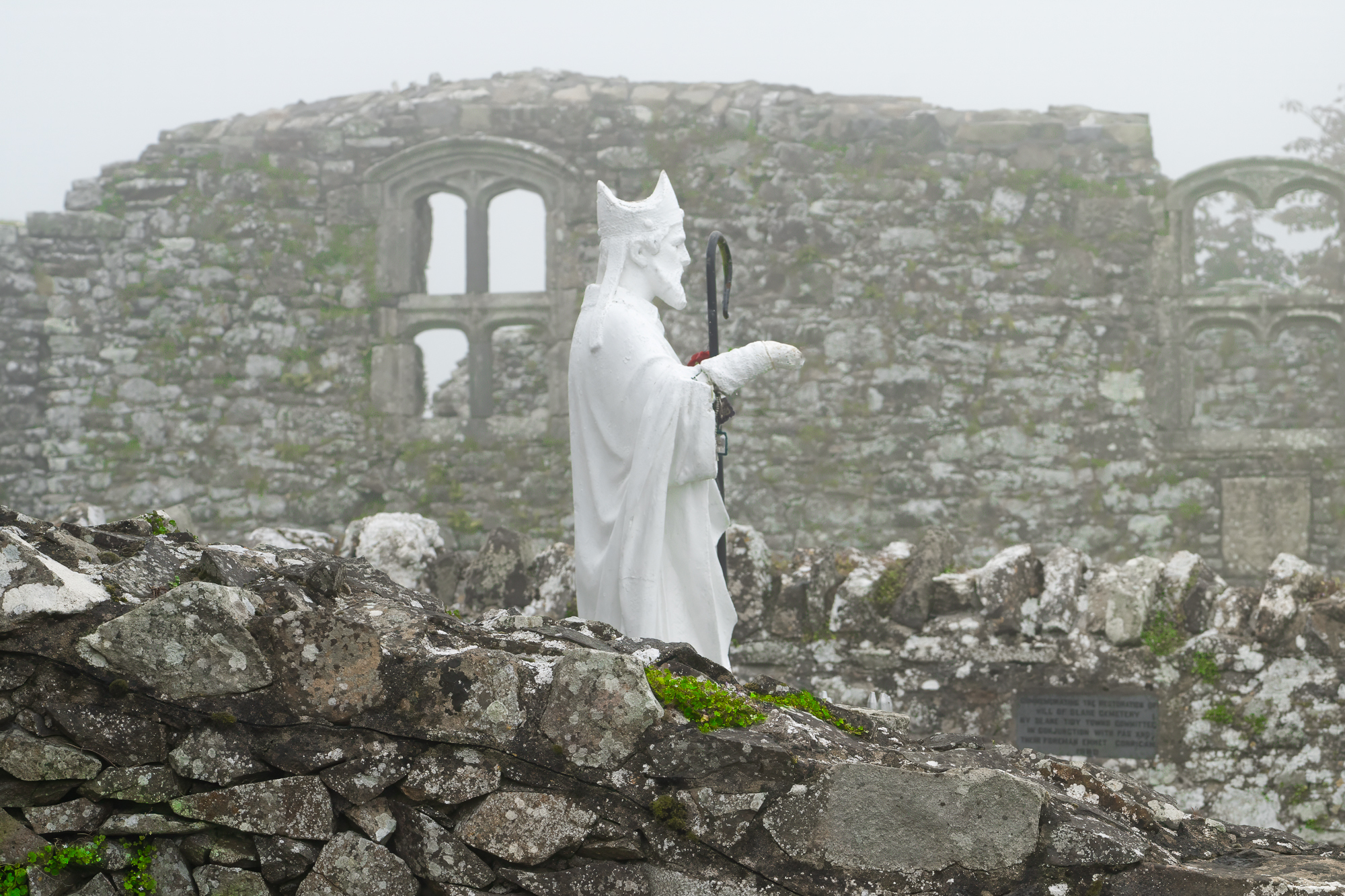
I came to this area because my mother told me that her mother's family had come from the village of Rossnaree, a small village near the Bend of the Boyne.
Once in Ireland, we looked in old cemeteries in and around Rossnaree for the family names we knew. That was an experience in itself! Along the way, we met friendly people who were happy to share information.
Two of the people we met were Alison Fullam Gogan, weaver of note in the area, and her husband. Alison weaves with wool from the sheep she raises.
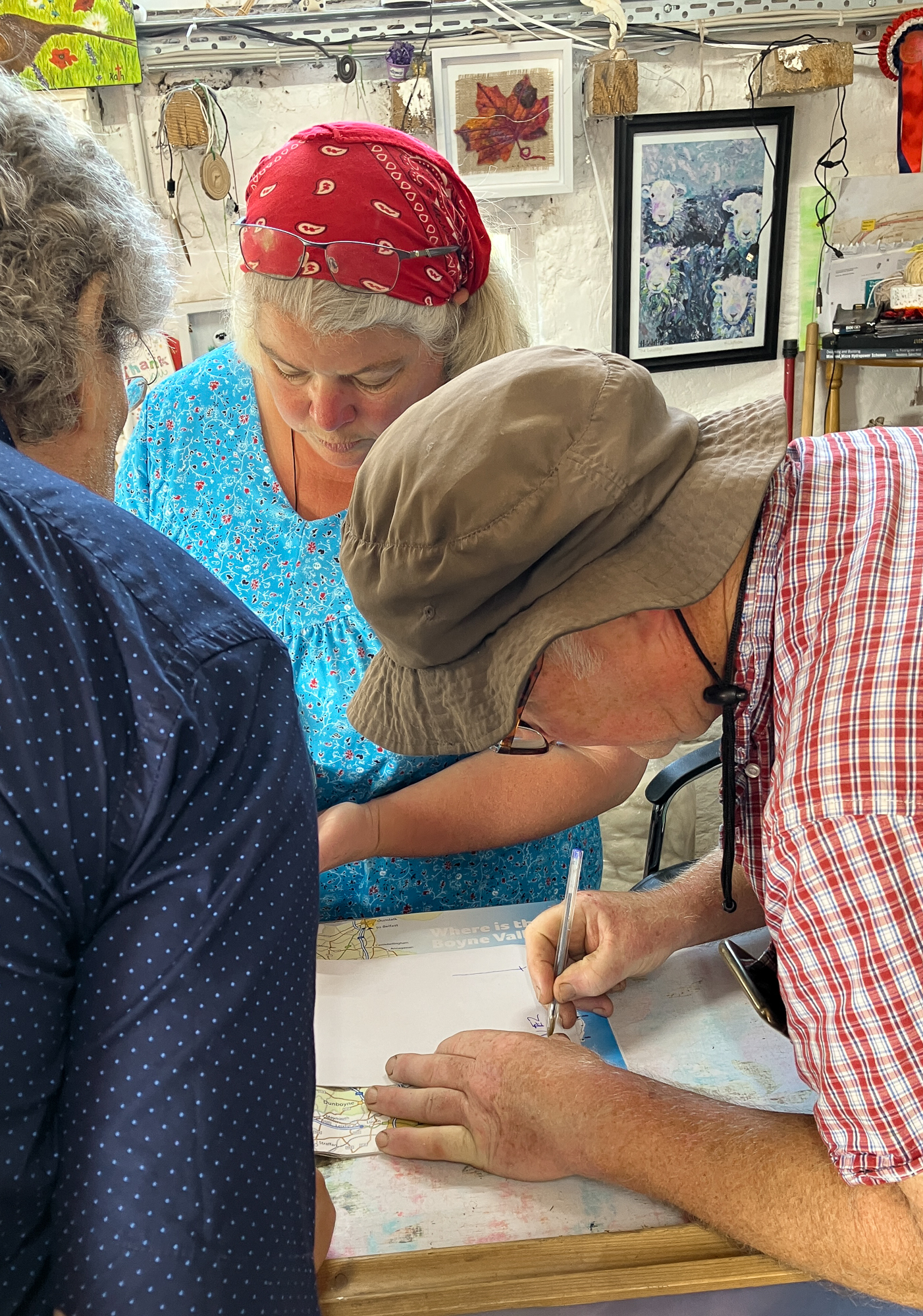
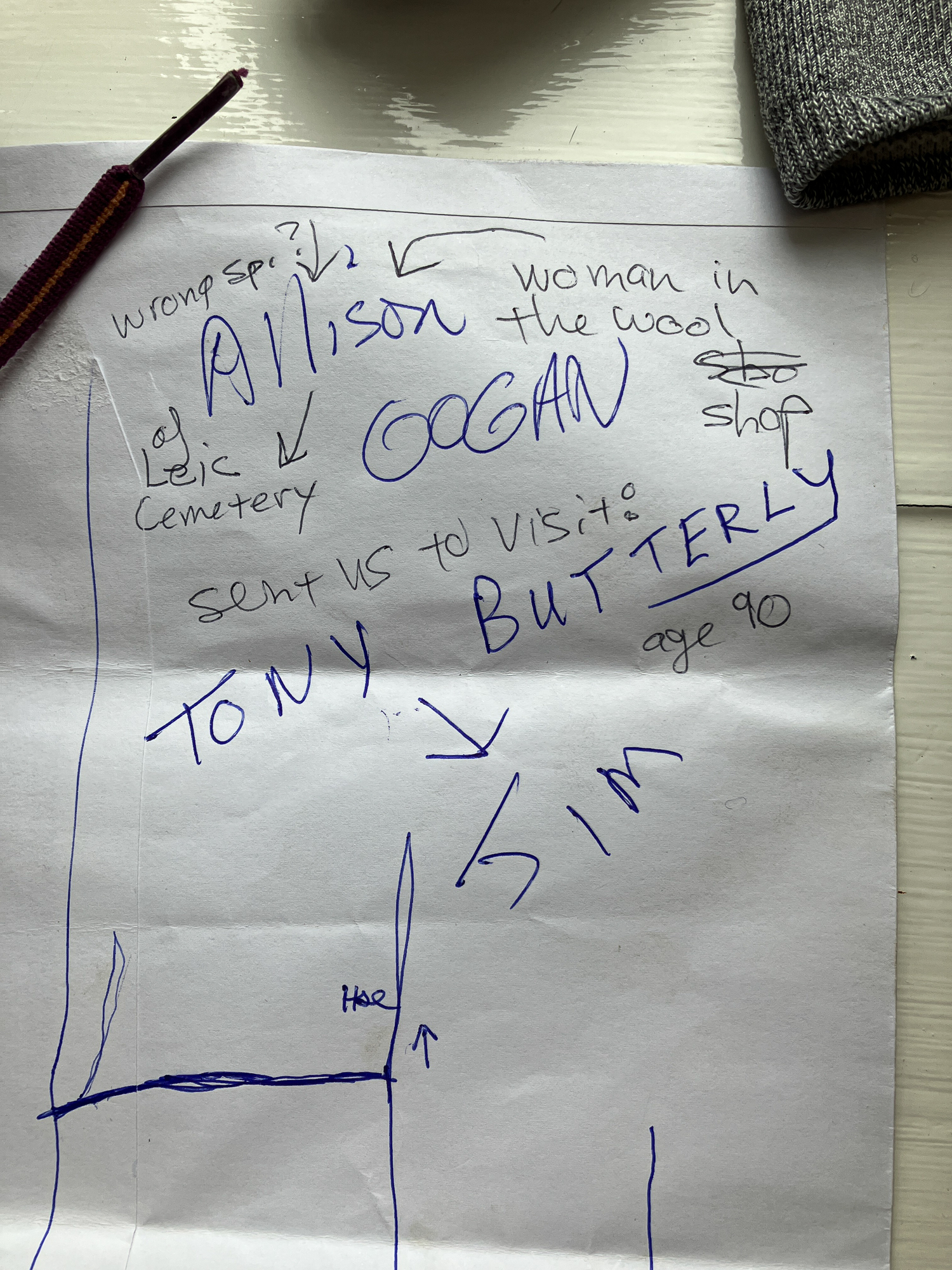
The church records from my family’s parish before they emigrated listed five cemeteries and one of them, Leic Cemetery, was on the Grogan’s land. The cemetery had some fairly recent graves, including one with my mother’s family name. There were also many old stones sunken into the earth. These had no markings and the Grogans told us they dated back to the 1200s.
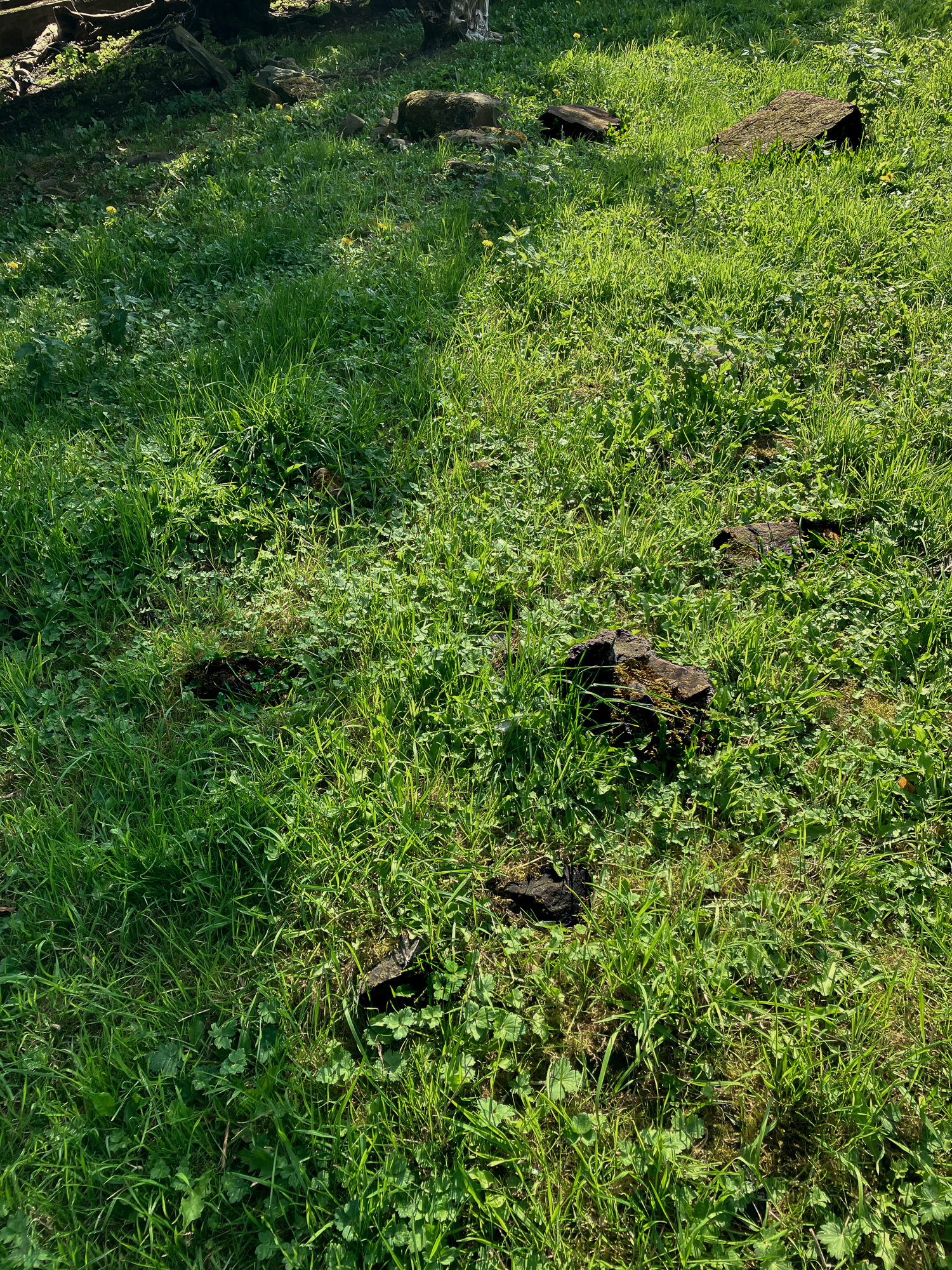

It was a moving moment, a reminder to remember those who have walked this piece of earth almost a thousand years before us.
Back to the present with wonderful afternoon tea. There's not a lot of love for the English here in Ireland. (Our Irish friend, Louisa, said, "Oh, but we love the Scots!”)
Traditional English tea, however, is quite acceptable.

Irish memories are long. The famine of the 1840s has not been forgotten. The English exported the majority of food not ruined in the potato blight to England.
Many people starved and others left the country. Ireland’s population has still not returned to pre-famine levels. About a quarter of the population (2 million people) came to America during the potato famine. Today their descendants are curious about the country and people from whom we descended.
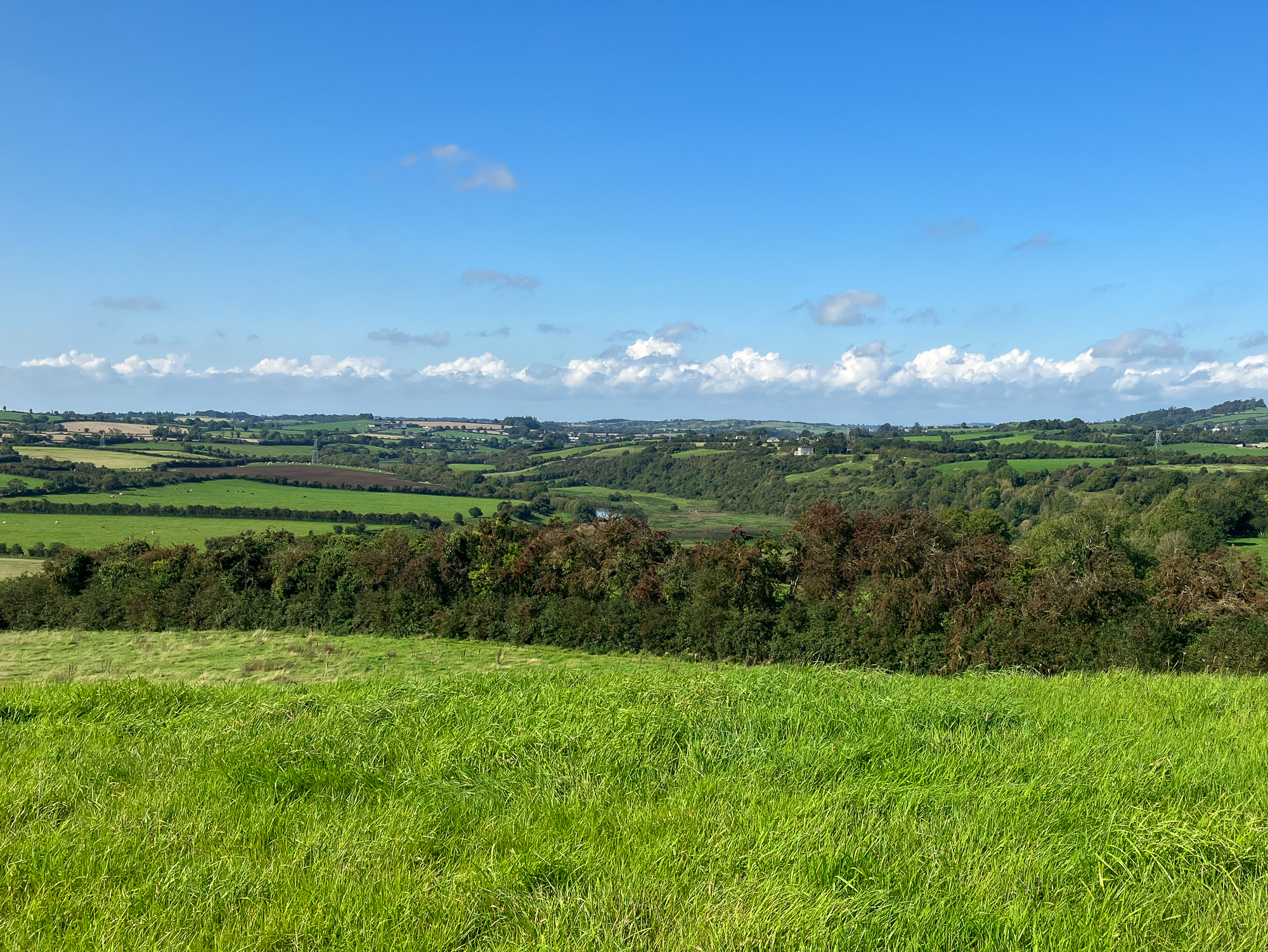
Another historic site near the Bend of the Boyne is Mellifont Abbey, built in 1142. Even though the buildings here are now mostly in ruins, they still hold an ancient grandeur and nuggets of history.
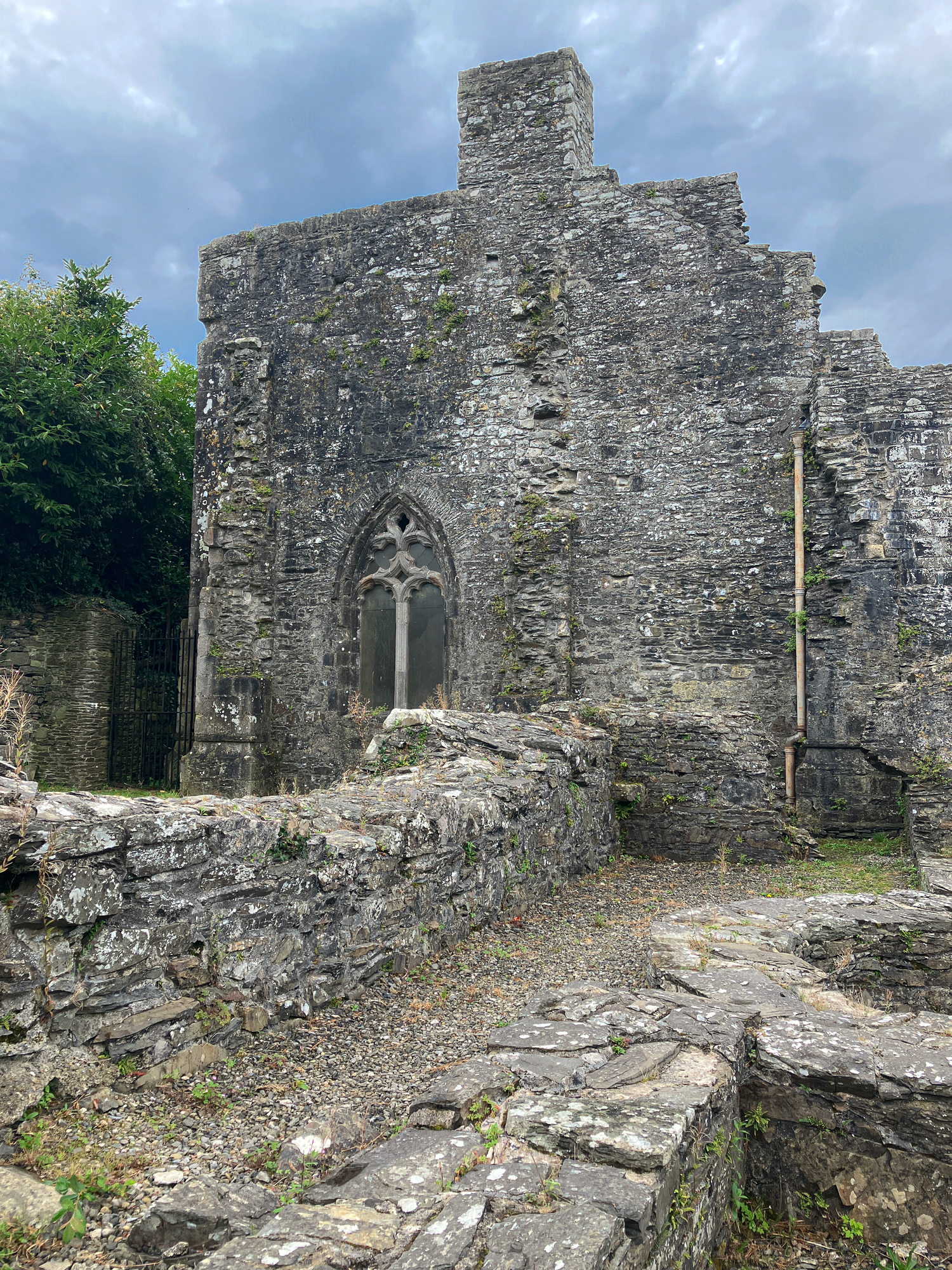

This monastery was built in the 1100s and by 1170 it had 400 monks and lay brothers. There were haunting essences of an ancient past here, especially in the chapel area.
Stone now covered with lichen holds other historical memories here at Mellifont Abbey. William III, also known as William of Orange, used the Abbey as his headquarters while fighting James II during the Battle of the Boyne in 1690. The Battle of the Boyne was important because its outcome changed Irish history.
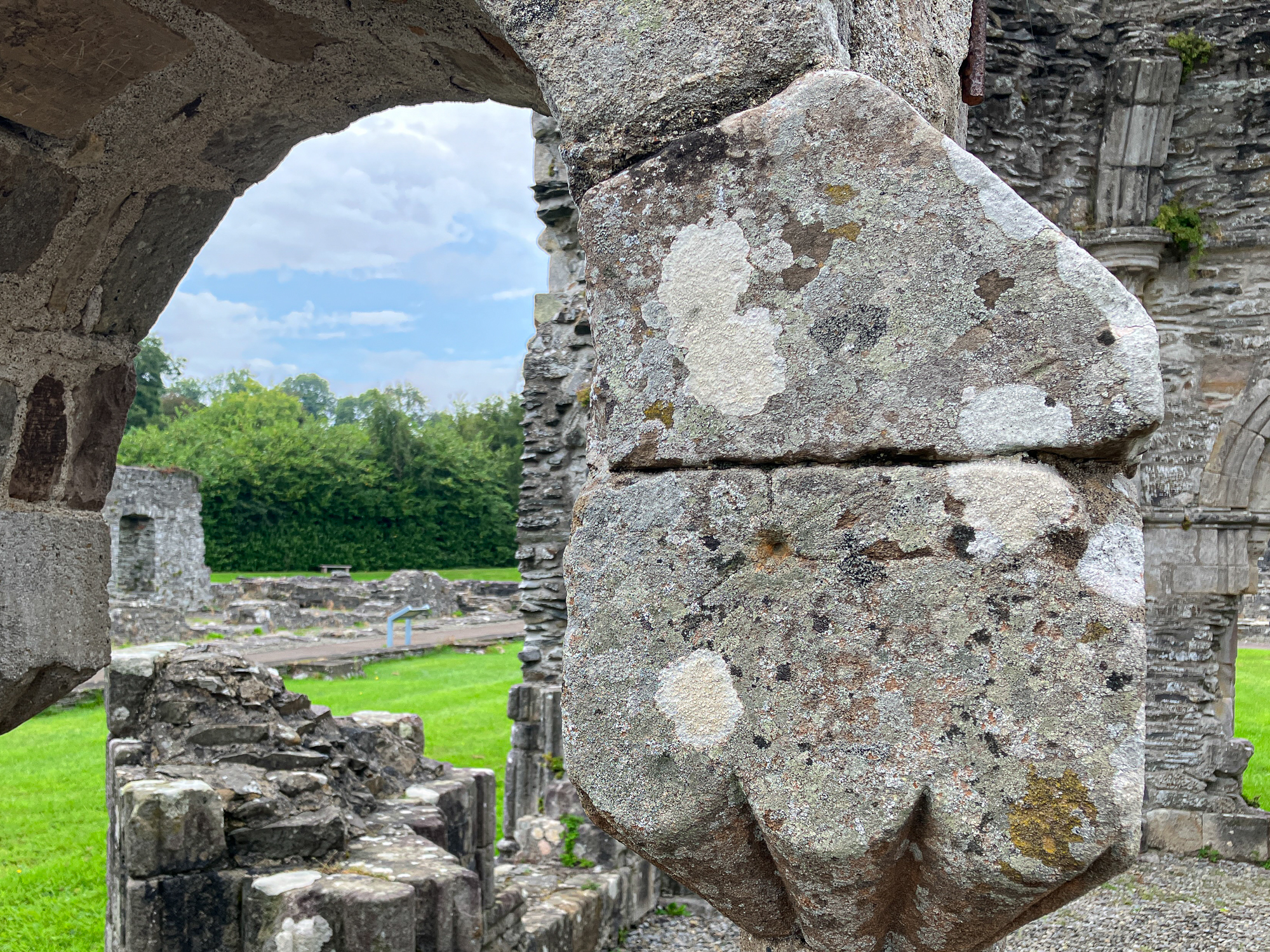
James II and William III were rival claimants to the English, Irish, and Scottish thrones. Dutch, French, and Danish soldiers were also involved. It was another bloody chapter in the complicated politics of European alliances, enemies, and religions. James II‘s loss to William of Orange was significant because it fueled the rise of Anglican Protestantism in Catholic Ireland. This centuries-old conflict between the two religions and cultures is unresolved and unforgotten.
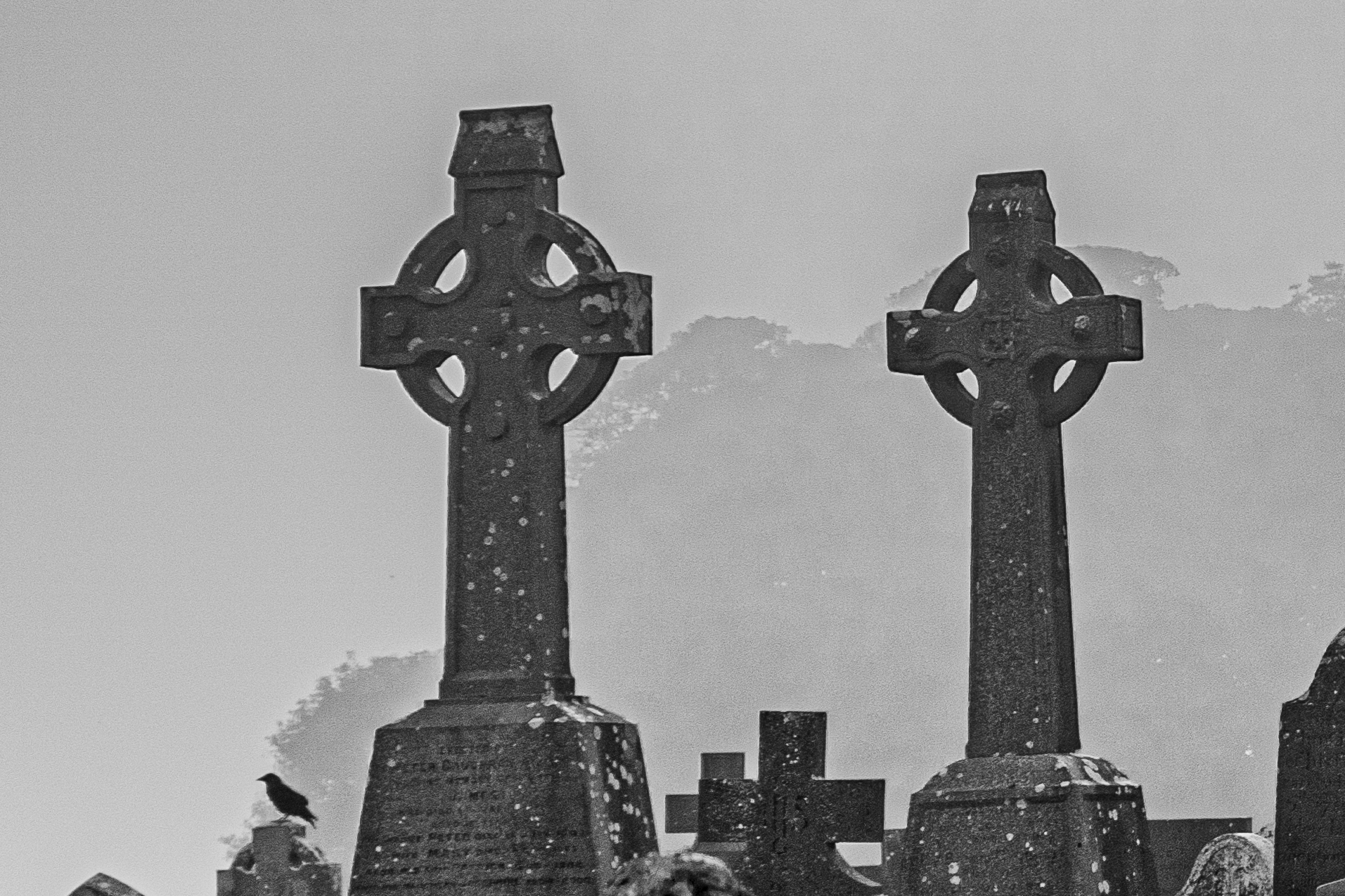
The Scholars Hotel, where we stayed in Drogheda, has a mural depicting the Battle of the Boyne on the ceiling in the dining room.

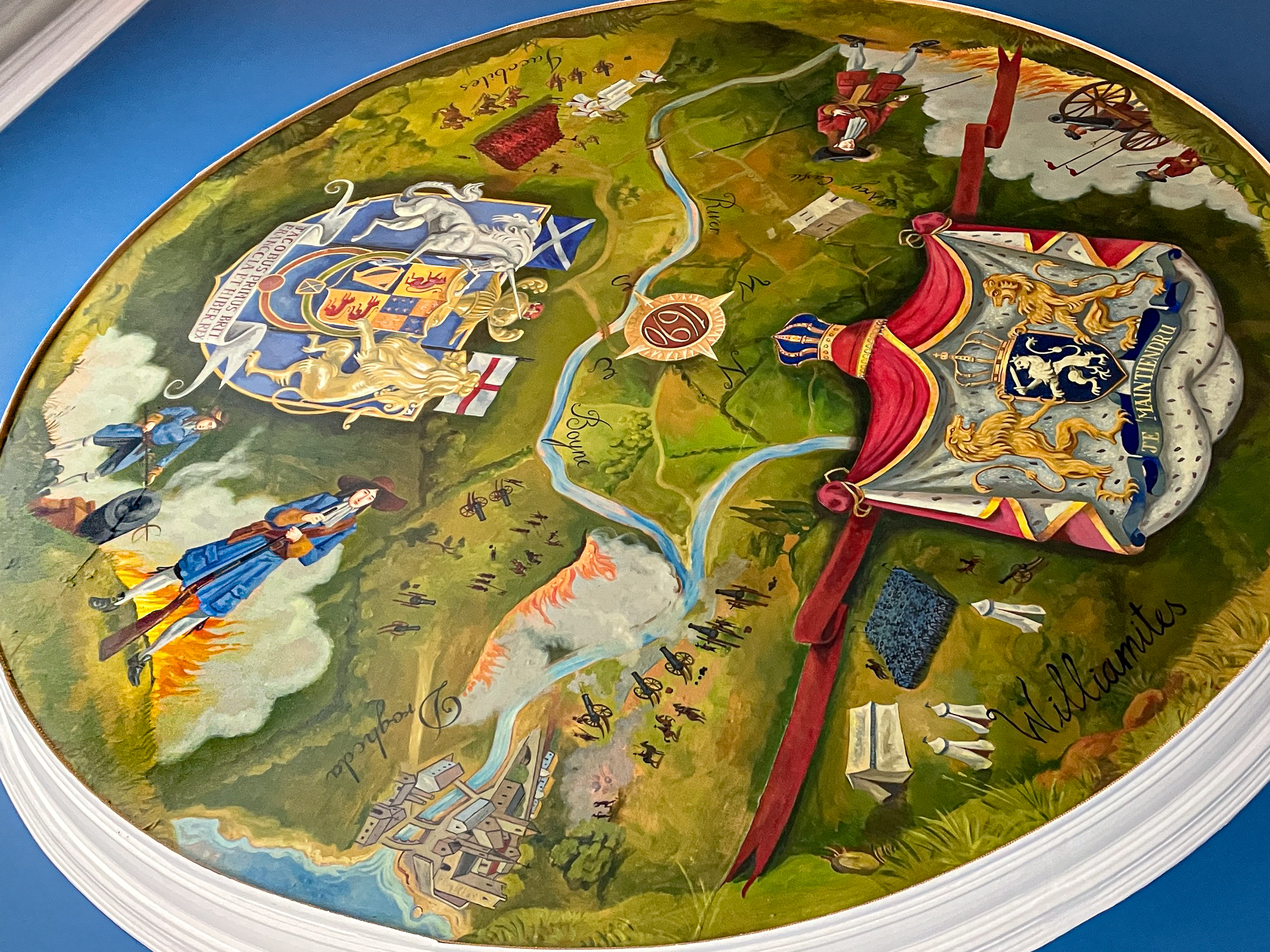
Irish memories are long. The Irish live in today but have not forgotten their past.
